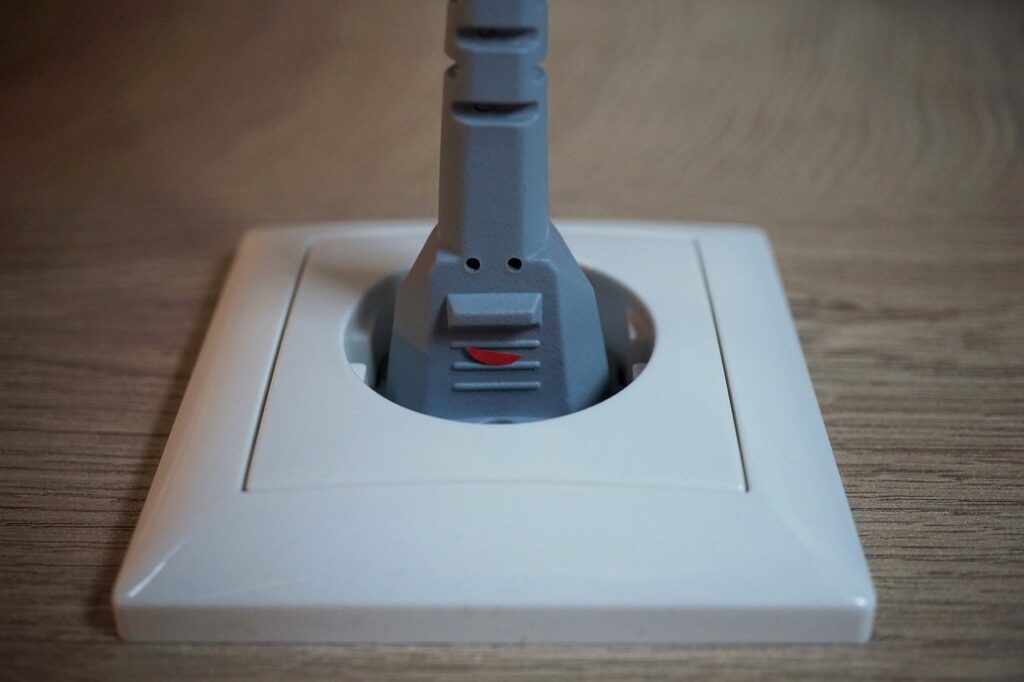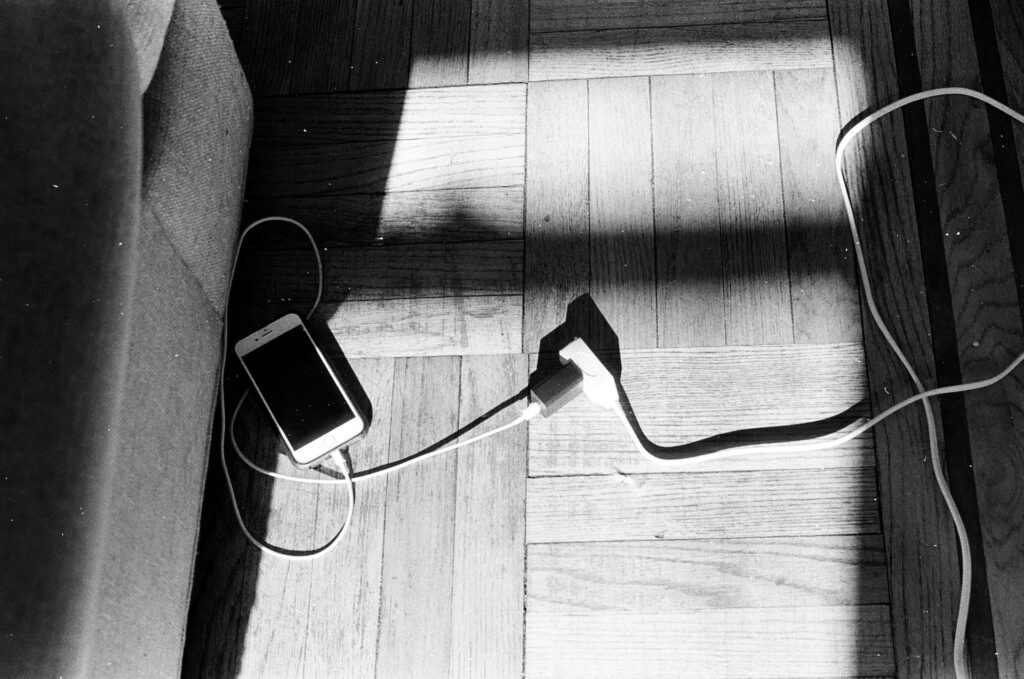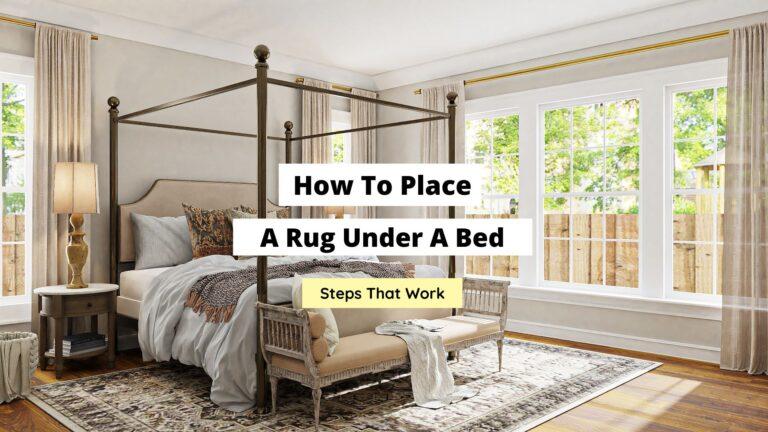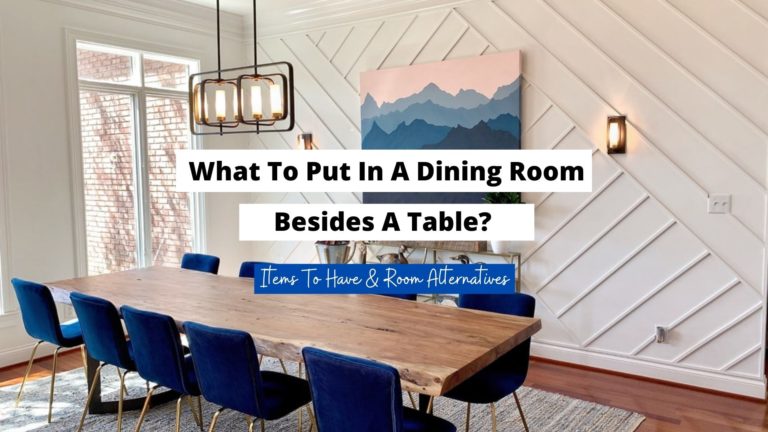Where To Place Floor Outlets In A Living Room (Best Locations)

For easy access to electricity in a living room without the fuss and muss of cords and extension cables, floor outlets are undeniable. In this article, I’m going to explain where to place floor outlets in a living room for maximum practicality and seamlessness.
What we need to emphasize is accessibility and safety when choosing an ideal location for floor outlets.
That’s what we are going to focus on in this article on where to place floor outlets in a living room.
Table of Contents
The Ideal Number of Floor Outlets in a Living Room

There are typically two goals for a living room layout, both of which must be met for the space to be aesthetically pleasing.
The first goal is to provide enough outlets to power all of the electronic gadgets in your home.
The second goal is to provide enough outlets so that you don’t have to unplug anything in order to move from one location in the room to another.
The optimal number of outlets and the optimal placement of these outlets depend on the layout of your living room.
For example, if you have a large area rug and no electrical outlets directly underneath it, you might want to place an outlet nearby that you can plug into due to the limited range of extension cords.
According to the NEC, the National Electrical Code, your living room should have 10-12 electrical outlets.
However, if you don’t want to waste space on outlets you will never use, then you should limit the number of outlets to 8–9, a standard for a 16–20-foot living room. To make this simpler, there are two rules that you should follow.
The first rule is that there should be at least one socket per lamp in the space (any size lamp).
The second rule is that there should be at least one socket per seating arrangement.
If you have more seating than this, place outlets next to each seating arrangement.
For example, if you have a sofa, two chairs, and a coffee table, place an outlet nearby for easy access.
If you are using a sectional sofa or reclining chairs in the space that allow for some flexibility in where people sit, plan accordingly by placing an outlet next to each seating section.
Floor Outlet Location Guidelines
First and foremost, when placing the floor outlets in your living room, the safety of the users is paramount.
You do not want to place the outlet where all of your guests can trip over it.
Secondly, you must place the outlet in the area of the room that is most convenient for all of your guests and users.
By this, you ought to have an outlet on either side of a sofa or other large piece of furniture so that everyone can sit down and plug in their gadgets without having to ask anyone to move their bag or purse.
The Best Places For Floor Outlets In A Living Room

There are certain options for placing floor outlets in a living room:
1. In The Corners
It is by far the most common option you will go for when placing your floor outlets.
Placing one in each corner of the room will allow you to plug in lamps, stereos, TVs, etc., and still have room to move around.
2. Near TV Stands
Place an outlet near the TV stand so that you can plug in your cable box, DVD player, etc., and still have access to the remote.
3. Around Lounge Furniture
If you have lounge furniture that you can’t put a floor outlet behind due to placement or a possible tripping hazard, place an outlet in close proximity to it.
This is by far the most practical way of providing power to your lounge seating arrangements (i.e., sofas, loveseats) in a relatively central way so that the outlets are not obscured by furniture or other fixtures.
4. At the Foot of Pieces of Furniture
If you can’t place an outlet flush with the baseboard or next to a wall, place your floor outlets at the base of furniture, like end tables.
5. Under Tables
Outlets placed under coffee tables and end tables are functional but not visually appealing.
So, placing an outlet under the dining room table or coffee table is a good compromise between practicality and aesthetics.
6. Ends of Seating Arrangements
If you have seating arrangements in different areas of your living room, place an outlet at either end of each arrangement (e.g., one at the end of a sofa, one at the end of a loveseat).
This way, you can plug in lamps and other items without moving from one position to another.
Codes for Floor Outlets
You should be aware of the national standards for floor outlet placement so that you don’t break any code violations if you want to make a basic change to your living room.
The National Electrical Code (NEC) requires that the required receptacles be placed in the most convenient location for use and within reach of the main distribution circuit.
Also, ensure that you buy floor-specific outlets since the wall outlets won’t work.
Are Recessed Floor Outlets Good?
It’s a good idea to use recessed floor outlets instead of surface-mounted outlets if you have plush rugs.
When the receptacles are placed on the floor, you only need to run an electrical cord from the wall to this receptacle, eliminating tripping hazards.
Are Floor Outlets Safe?
Yes, floor outlets are perfectly safe.
They are UL listed and certified to be safe for use in damp places. If the electrical outlet is damaged or loose, it can cause short-circuiting or shock.
So, ensure that you have installed your floor outlets properly and on a flat surface to minimize the risk of tripping over one of them.
Final Thoughts
I hope by this point, you have the best idea on where to place floor outlets in a living room.
Please make sure to take the necessary precautions when installing floor outlets. Use original branded products, apply a rubber based matting and make sure your floor outlets can easily be covered or concealed to prevent children from accessing them.
With that being said, if you enjoyed this article, I’m pretty sure that you’ll find the following articles just as useful and enjoyable:
1. Can you put a TV in front of a window?




